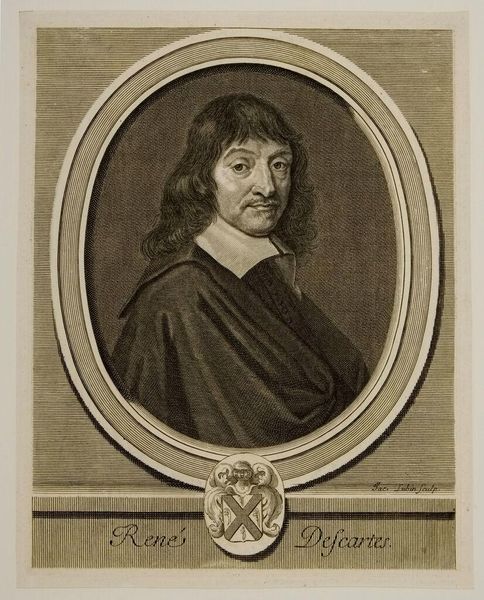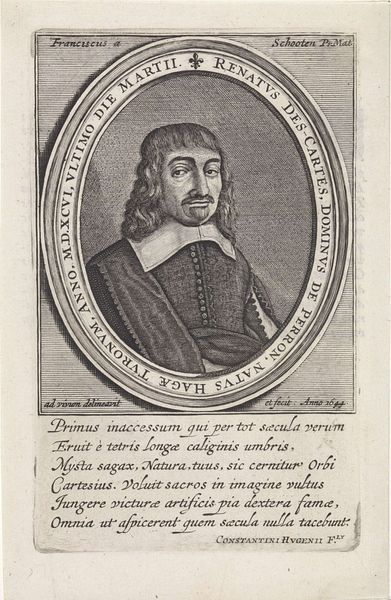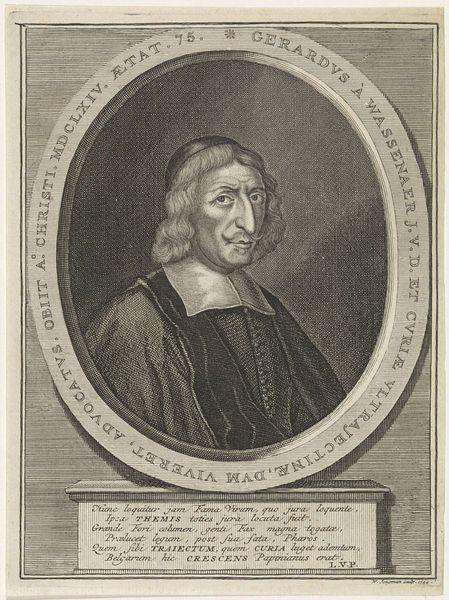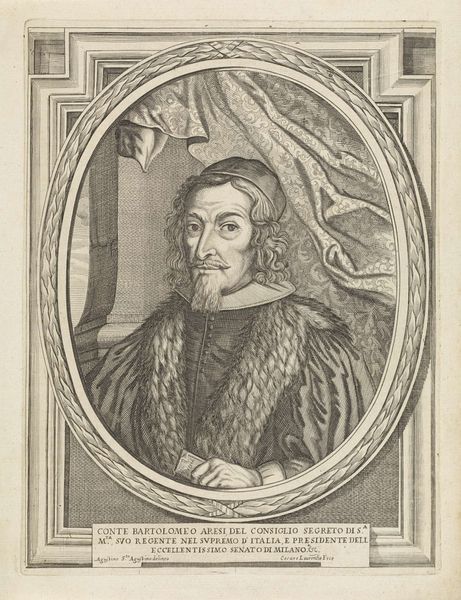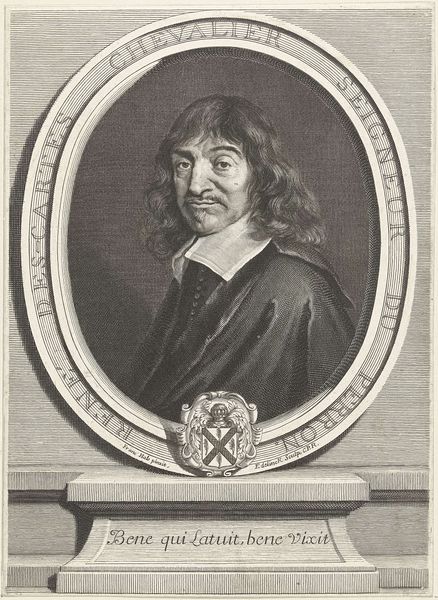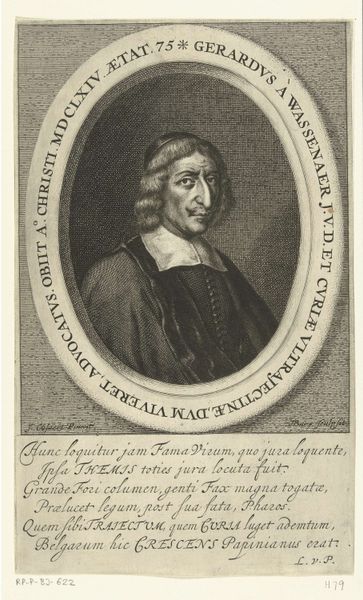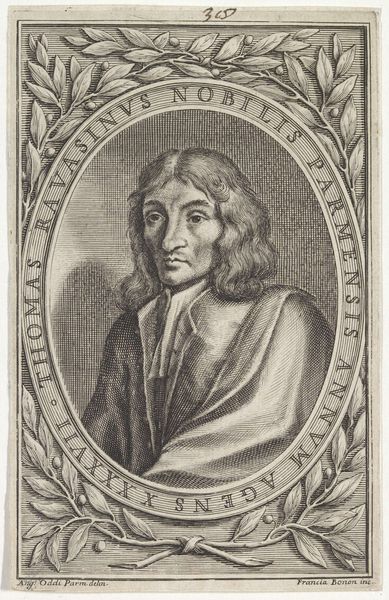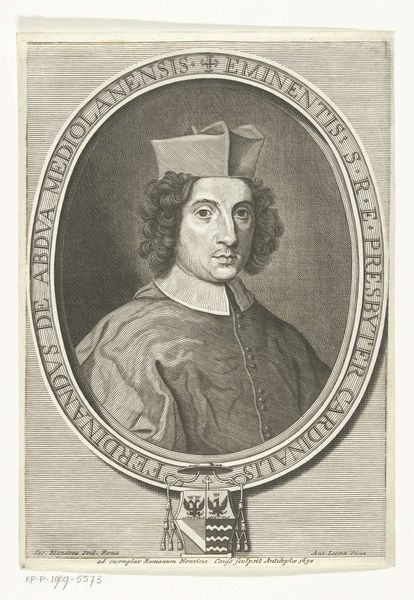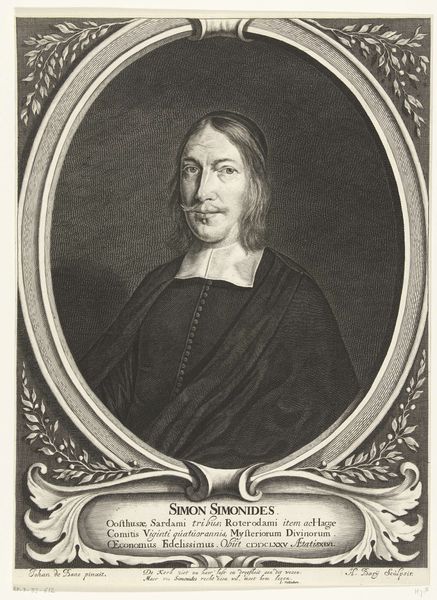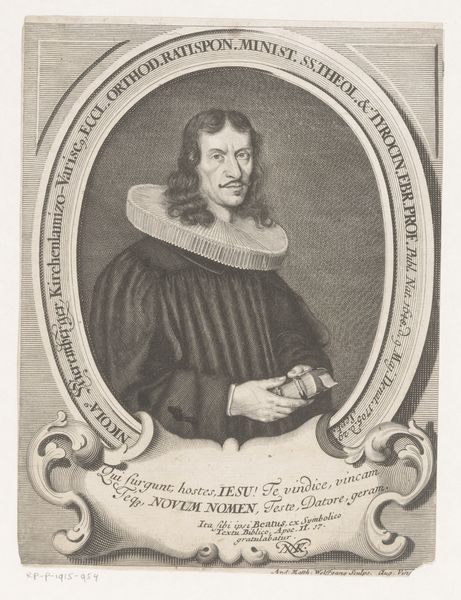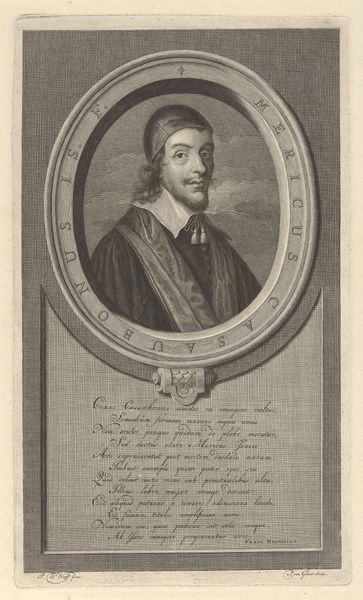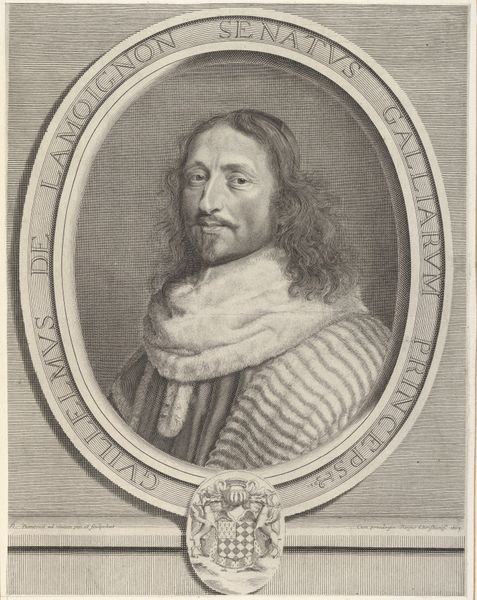
engraving
#
portrait
#
baroque
#
engraving
Dimensions: height 244 mm, width 174 mm
Copyright: Rijks Museum: Open Domain
David Loggan's "Portrait of Thomas Barlow," made in 1672, captures its sitter through the intricate technique of engraving. Engraving is a laborious process, requiring the artist to meticulously carve lines into a metal plate, which is then inked and printed. The density and direction of these lines create the illusion of tone and texture, bringing Barlow's likeness to life. The very act of engraving, with its emphasis on precision and control, speaks to the sitter's status as a figure of authority. Note how Loggan's skillful handling of the medium conveys the weight and texture of Barlow's academic robes, underscoring his scholarly gravitas. The social context of this portrait is crucial. Engravings like this were often commissioned by institutions or individuals to commemorate important figures. They circulated widely, serving as a form of visual propaganda and reinforcing social hierarchies. By appreciating the labor and context embedded in this print, we gain a deeper understanding of its meaning and purpose. It challenges us to consider the role of craft in shaping perceptions of power and identity.
Comments
No comments
Be the first to comment and join the conversation on the ultimate creative platform.
